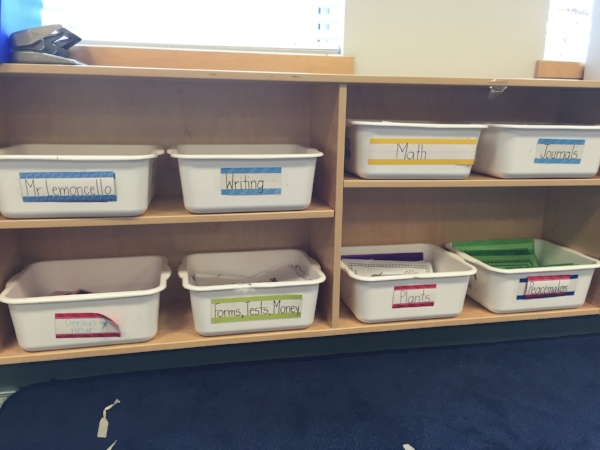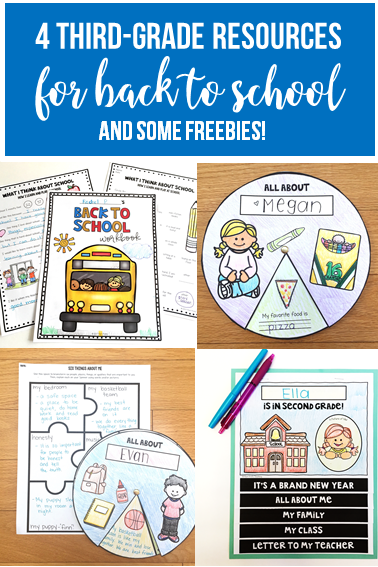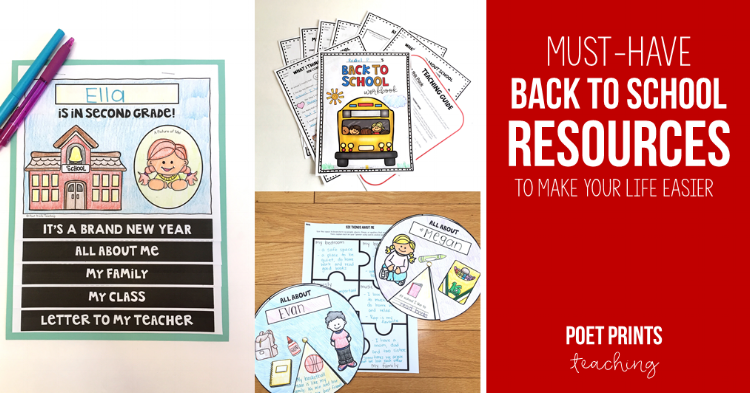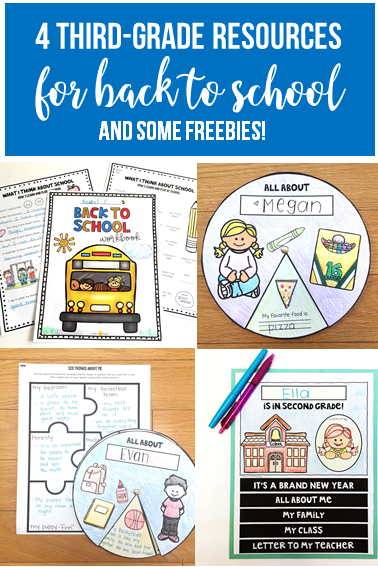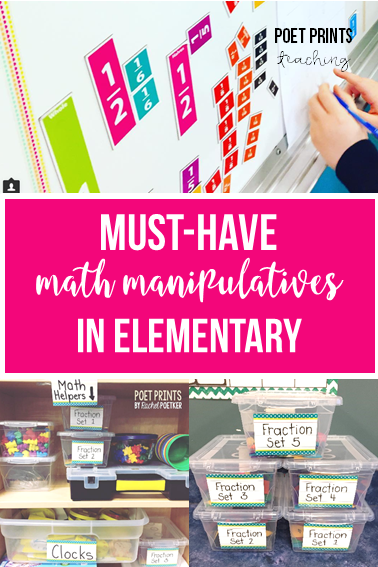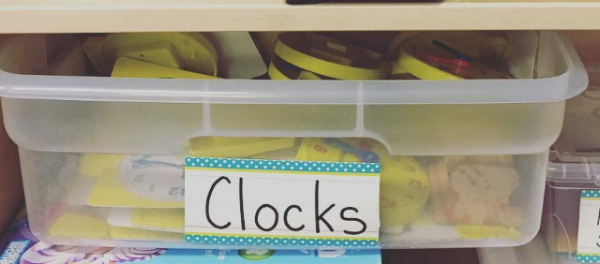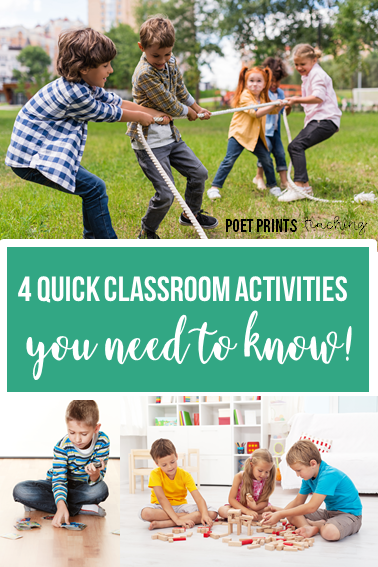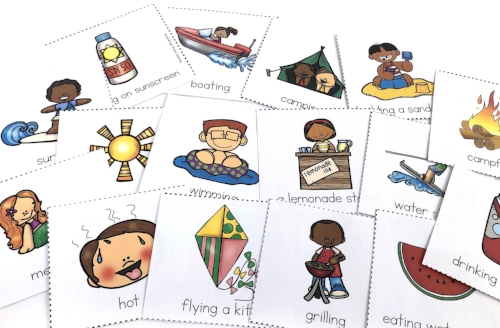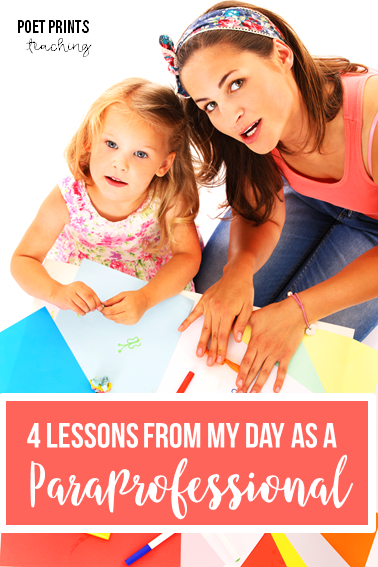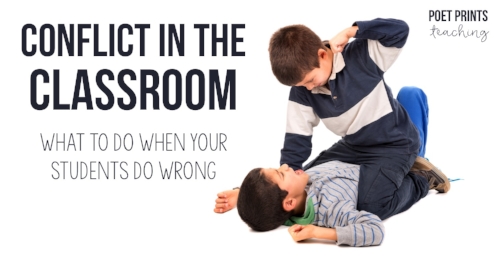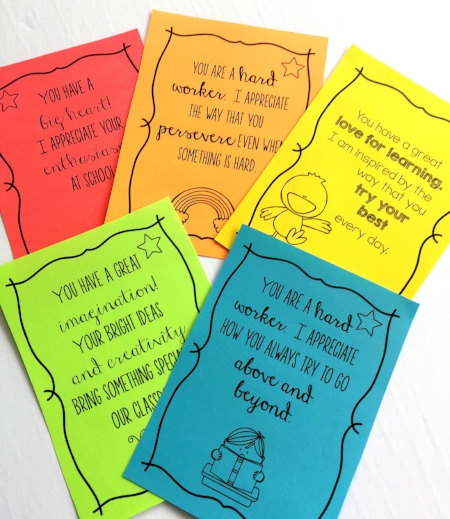Can you believe that some schools are mere weeks away from Back to School time? Are you one of those teachers who is winding down their summer and starting to think about Back to School? I’ve never been one to really ‘unplug’ from school altogether over the summer, but I do use the time to make/create things for my classroom that are fun for me. (Like a good DIY or cute classroom signs). Whether you are a new teacher or returning after 15 years, there are always a handful of things that need to be done before school starts again. Some are just decisions that need to be made, and others are small projects that will make the first weeks much easier.
1. Figure out what to do with supplies
Does your district have students bring in supplies on the first day of school? Do you buy them yourself? In my school, we do a combination of both. On the first day of school, students arrive with backpacks full of school supplies. You’ll need to know what you plan to do with these! Are you having students store all of their supplies in their desks? Will you keep some of their supplies in a cupboard/drawer to be distributed throughout the year? Will you gather some up as communal supplies? Decide your preference and think through what you will do with the supplies as they arrive.
Grab a free science lesson all about famous bridges. It’s the perfect way to start reading informational text and the STEM challenge is just so much fun.
2. Decide what you will do with student work
This one goes along with #1. Do you plan to have students store all of their notebooks and pronged folders in their lockers/desks? Will you keep them separate and sorted by subject area on a classroom shelf? This is important to know ahead of time as it will help you to stay organzied in the first few weeks. If you plan to keep all of their notebooks and folders separate then the first days of school are the perfect time to collect and label all of these books. I blogged about how I store student work over here.
3. Determine your attention-getters
In elementary school, routine is key! Decide what method you will use to get students’ attention and start practicing this on day one. When you are consistent with one or two attention-getters, your students are able to respond quickly… freeing up a lot of time for you! Here are a few of my favorites: call and response, lights dimmed, hands up high, counting down from 5, a silent hand-gesture that signals it's time to pause and listen.
4. Start a substitute teacher document
I know what you’re thinking… school hasn’t even started yet and you think I should already be planning for a sub? Yes. That’s exactly what I’m saying. A couple of years ago I had a medical emergency on the second day of school and was out for two weeks. Boy, do I wish I had written down my classroom procedures, expectations, and expected routines ahead of time. Even just an interim document can be a lifesaver in case of unintended time off. Check here for my 5 things that you’ll definitely want to include in your sub plans.
5. Find something to do for the first few days
This one might seem obvious, but you should have the first few days of school totally planned before you head back into school. This is a great time to introduce some fun theme-based lessons as you get to know your students and assess their learning needs. There are lots of ways to kick off the year. You could theme your lessons around a book, start with some engaging STEM, or jump right in with your regular schedule. No matter what, I definitely suggest having some quick-activities on hand in case a lesson is interrupted or just doesn’t go to plan. I created this booklet to help me quickly assess student learning styles and get to know my new students a little bit better.
Did I miss anything? I’d love to know your must-do’s before school starts! Send me a message or sound off in the comments below.




